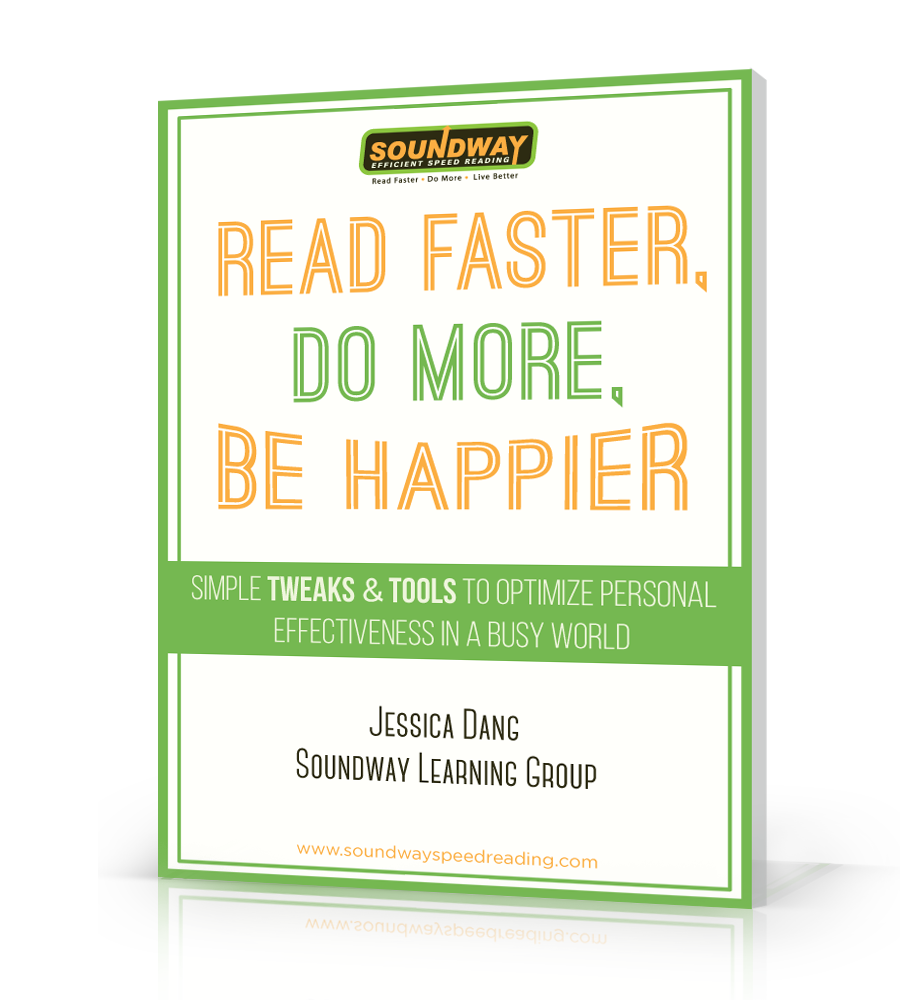L earning something new that you like and find enjoyable is never an issue, no matter how difficult the topic. The problem arises when you need to understand a tough topic that you don’t find fun to learn.
The right techniques can make all the difference and turn a seemingly impossible task into a far more manageable one.
These simple steps will help take the sting out of any tedious reading project.
Step 1: Bombard Yourself With Information
Most of us tend to go slow with dry, difficult reading material, trying to absorb the information slowly and methodically. This makes an already uphill task even more boring, so you easily get fed-up and give up before finishing. What’s more, our brains hate this way of learning!
Do the opposite instead. Get through your planned reading as quickly as possible. You most likely won’t grasp everything immediately, but keep reading. Your mission at this point is to just finish the reading and not worry about how much you’ve understood. So skip any exercises or quizzes along the way, and just keep pushing on with you reading.
One trick worth mentioning is to read 10-20 pages of text at a time then take a break or do something else for a while to give the brain a rest. This tactic avoids mental fatigue and helps maintain your attention on the topic.
Read 10-20 pages at a time then take a break to give your brain a rest and avoid fatigue. Click To TweetStep 2: Identify Key Concepts and Interpret Them in Your Own Words
When you’ve completed the first reading recollect the key concepts. Identify the core 10 or so main points on the subject. Re-read these points and try to rephrase them in your own words—this will make it easier to understand. Define the concepts in a simple manner perhaps with an everyday example. Your brain relates better to familiar jargon and scenarios and information retention is enhanced.
Step 3: Memorize Only What is Absolutely Necessary
This is largely self-explanatory. With the Internet at your fingertips now, remember that most information can easily be looked up, so don’t waste your time memorizing details that are only a mouse-click away. Focus on understanding the ideas of the topic at hand and keep minimize memorization.
Step 4: Self-Feedback
Once your reading is done and your key concepts covered, test yourself on your understanding of the topic, for instance take a quiz. The idea is not to try and get top marks but to pinpoint the areas you’re still lacking knowledge on, so you actually want to look up the questions that you got wrong. This is a quick way of zooming into the gaps in your understanding and filling in the details in those areas.
Step 5: Bombard Yourself With More Information, but From a Different Source
Now is the time to get information on the topic from a different source. This is especially helpful if, at this stage, you’re still fuzzy on the concepts and details. Often, hearing something in a different way triggers a better understanding on the subject. Don’t pick up a whole other bulky text on your topic, just skimming through a few short articles should do the trick.
Step 6: Real-World Feedback
And now for the finale–the real-world feedback. This is where you step out and actually use your new-found knowledge in the real world, and see what the response is. For example, if you’ve learned a language, try speaking to a native in it. If you’ve taught yourself anatomy, try having a discussion on the subject with a doctor. Like they say, life’s the best teacher. You’ll never know how good you are at something till you get out into the world, and try your hand at it.
photo credit: bruckerrlb via photopin cc







